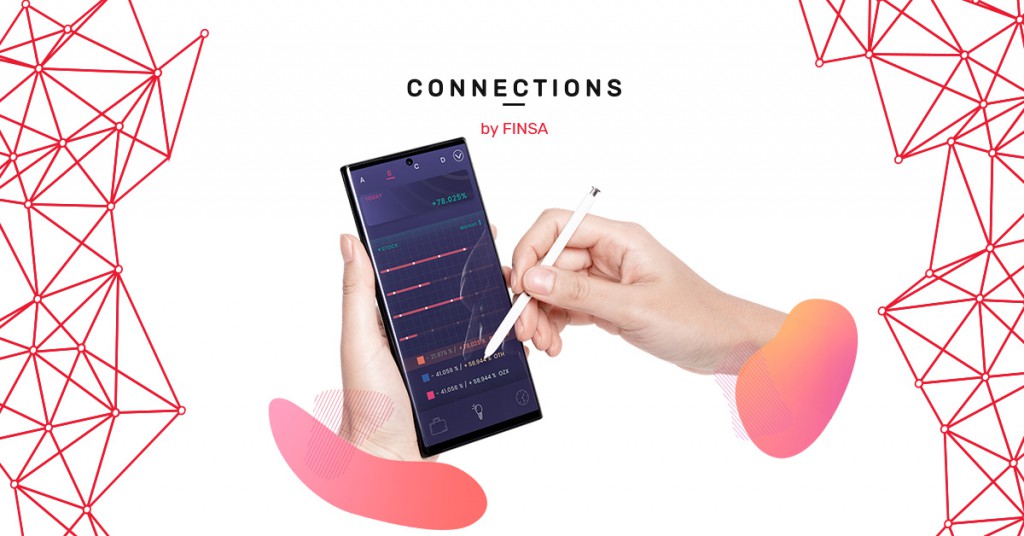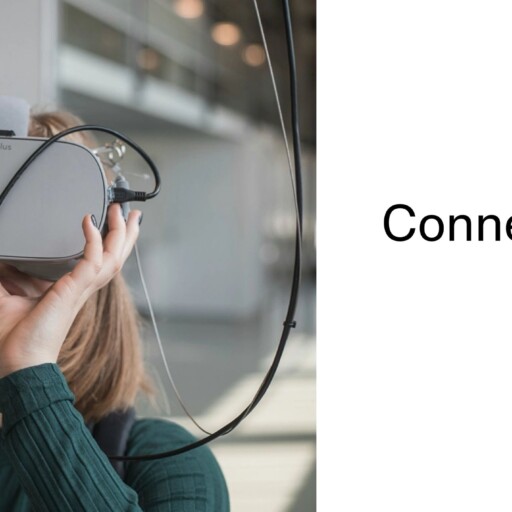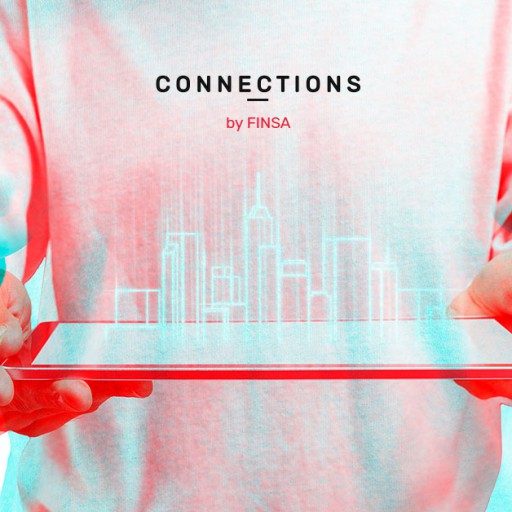The 2021 edition of the Mobile World Congress lacked the usual number of stands, new products, and attendees, but that didn’t stop it from introducing several revolutionary trends that we can expect to see in the digital market. We’ve already seen how online shopping only continues to grow in popularity, especially during pandemic lockdowns. With this in mind, it’s no surprise that the first big event to discuss the digital market following the worst of the pandemic was going to lay out the trends we are likely to see in the coming months.

The pandemic brought forward the digitalisation of many company, including those that were planning to go digital in the long term. As Roberto Monge, head of Operations at Telecoming, said “it’s not just about the impact on businesses and processes. It’s also about consolidating income streams, some of which were improvised, but that were also necessary. [This means] that the digital market will keep growing over the coming years and that a new, promising scene is on the horizon”.
Where and how will this growth be seen? Well, there will be alliances between different companies, including those who were previously competitors, as well as a rise in the number e-health products, hyperconnected cities, and in the buying and selling of second-hand goods.
If you can’t beat ‘em, join ‘em
Domination by GAFAM (Google, Amazon, Facebook, Apple, and Microsoft) will force competitors and companies from other sectors to join forces and find new tech solutions. It’s looking like the market will focus more on collaboration than competition.
We will see this trend in action very soon with automated roaming using blockchain. By using this method, the group of providers operating under the name BWR say that we will have faster, more transparent, and safer connections.

Even better if it’s used: the rise of second-hand goods
The second-hand goods market saved us 1.2 million tonnes in CO2 emissions in 2020, which is about the same amount that a city like Madrid would produce over the course of six months, minus the traffic. The effect of this growing market has been summarised in this report by Milanuncios in collaboration with the Swedish Environmental Research Institute and specialist consultancy firm Ethos International.
We previously wrote about how the technology sector is focusing on sustainability. And, after reorganising our homes during the pandemic and rediscovering all the things that we don’t use but that could be used by someone else, the buying and selling of second-hand goods has skyrocketed.

E-health: the last mile of digital health
In the last year or so, we have seen e-health apps for contract tracing to prevent the spread of COVID-19. Although they haven’t been developed and used in the same way across the globe, their use en masse did help control the pandemic in many countries, including China. Now, digital health products are facing the ‘last mile’ challenge. For Carme Carrión, professor of health sciences at UOC, this means that “apps need to be integrated into the healthcare system so that primary healthcare clinics have access to them and can make real use of all the data”.
Some potential examples include using systems that will help us improve and monitor our diet, physical activity, and emotional wellbeing so that we can trace the origins of specific health conditions. At the Mobile World Congress 2021, we saw this 5G t-shirt designed to avoid health problems by constantly tracking our vital signs.
Hyperconnected cities
5G will continue to lead the way when it comes to what’s new on the digital market. Can you imagine living in a city where the public transport system automatically reconfigures itself to become more efficient based on the usage statistics and analyses of how we commute? This technology would make buildings, streets, highways, and public transport capable of sending large amounts of data in real time and, in this way, create spaces that learn from and help those that are using them. Transport is just one example, but this technology will be used by digital assistants and different platforms, too.

How are you planning to take advantage of the opportunities presented by the new post-COVID digital market? Tell us about it on social media using #ConnectionsByFinsa.




